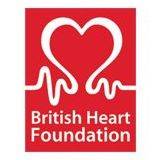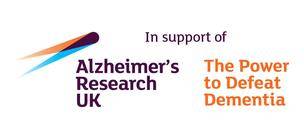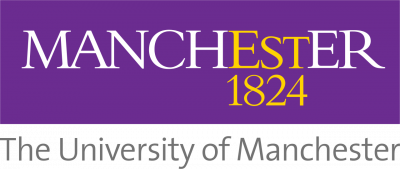Editor - Paul Denny
Breaking News
It's great to welcome Barbara Kramarz (nee Czub), who is moving from the Cardiovascular annotation team. Barbara's research experience in the molecular basis of retinal degeneration will be highly relevant to the Parkinson's-relevant Gene Ontology (GO) project. Also, sadly, we have to say farewell to Rebecca who has been a key member of the neurological annotation team and contributed significantly to the success of the Parkinson's GO annotation project.
Gene Annotation and Ontology Development
We are continuing our focus on annotating genes for which there is genetic evidence of a role in Parkinson's. These high-priority genes include both those with a well-established role in Parkinson's, such as PARK7 / DJ-1, and those identified relatively recently e.g. VPS35. The VPS35 protein is a key component of the cargo-recognition subcomplex (GO:0030906) of the retromer, critical for endosome-trans-Golgi trafficking and membrane-protein recycling. A multi-functional protein, we have also annotated its role in mitochondrial quality control (PMID:26618722), where it is involved in regulating vesicle-mediated transport from mitochondria to lysosomes. This prompted Barbara & Paul to work with the GO editors to create more specific GO terms, e.g. 'mitochondrion-derived vesicle' (GO:0099073) and 'mitochondrion-derived vesicle mediated transport' (GO:0099075), so that the ontology reflects the biological literature better.
In addition to annotating new priorities, we occasionally revisit previously-curated genes to ensure that our annotations reflect current literature and findings. For example, PARK7 / DJ-1 was originally thought to be a glyoxalase, and was annotated with GO terms accordingly. Subsequent papers, however, (e.g. PMID:25416785) have shown that PARK7 / DJ-1 is in fact a deglycase. We have therefore created new GO terms to describe this activity, including 'protein deglycase activity ; GO:0036524) and used these to replace the original glyoxalase annotations of PARK7 / DJ-1.
The overall annotation count for the project so far (September 17th 2016) is 6655 GO terms associated with 1406 proteins, including 4055 annotations to 794 human proteins.
Collaborations
We have been working closely with colleagues at the PD-map resource to fill annotation gaps, improve consistency and create more links between GO and PD-map. We have reached a milestone in this process and a view of our GO-annotated proteins overlaid on the PD-map will become public in October; we will announce this on our website and Twitter.
Improved biological models in GO
One of the ways in which the Gene Ontology has been developing is to enable much richer annotations. We can already extend our current annotations by context, such as saying that 'androgen receptor binding' by DJ-1 occurs in the nucleus, but using a new software tool, called Noctua, we are now able to link specific molecular functions to broader biological processes, for example, to create a specific link between the 'ubiquitin-protein transferase activity' of Parkin and its role in 'mitophagy', thus creating a model of this biological pathway. Members of the UCL curation team attended a workshop on Noctua recently, and in the future we hope to use it to model our Parkinson's-relevant annotations.
Community Outreach
We will soon be teaching our 'Understanding bioinformatics resources and their application' module in the UCL MSc 'Genetics of Human Disease'; this allows us to both share expertise, and increase awareness of Parkinson's GO annotation. Furthermore, some of the participants in our latest 2-day Bioinformatics workshop were researching neurodegenerative diseases - giving us an opportunity to discuss the best ways to use the GO annotations we're creating.
Forthcoming Meetings
Paul will be presenting a poster at the Parkinson's UK Research Conference, in November 2016, entitled "Improving Gene Ontology (GO) annotations to aid interpretation of Parkinson's research data". Please find him if you would like to know more about this project and our progress.
Please contact us to receive this quarterly Newsletter by email or to ask any questions about our project.
 Close
Close








